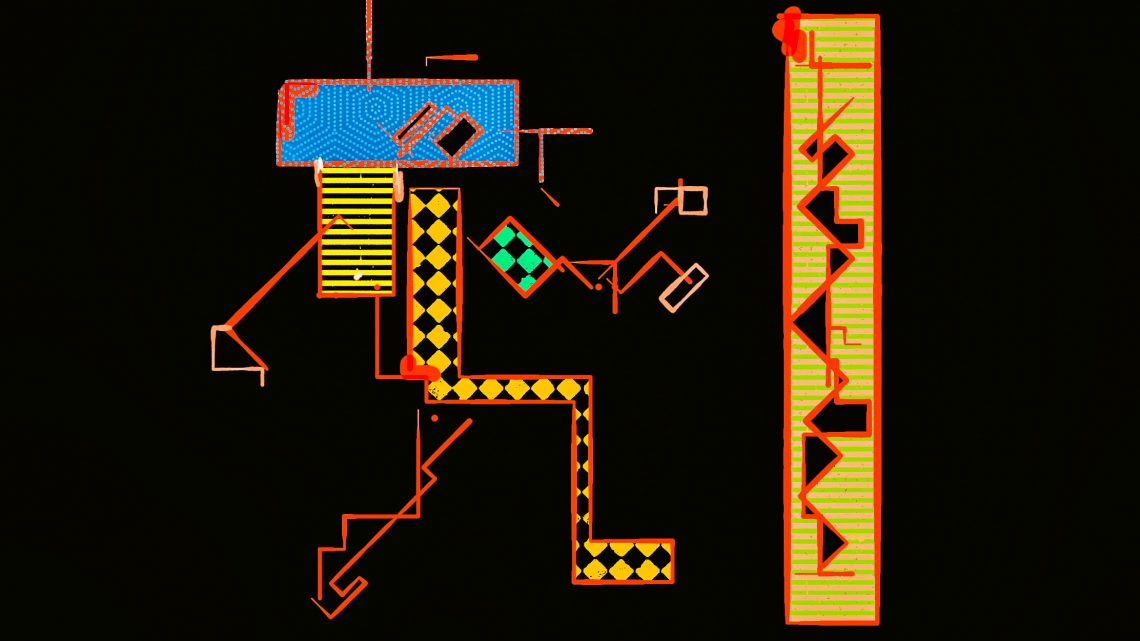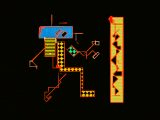
Bipedal robot imitates human balance in running and jumping
1. November 2019Bipedal robot imitates human balance in running and jumping
Chicago, 1.11.2019
Rescuing victims from a burning building, after a chemical accident or disaster – wherever human assistance is no longer possible, robust, adaptable robots could one day be deployed.
Engineers have so far developed four-legged robots that can run, jump and even backflip. However, there have been problems with two-legged, humanoid robots. They got out of balance as soon as they were forced to resist or fell as soon as they tried to overcome a big obstacle.
Now, engineers at MIT and the University of Illinois at Urbana-Champaign have developed a method of balance control for a two-legged teleoperative robot called balance feedback. The team’s robot is remotely controlled by a human wearing a vest that transmits human motion information to the robot. Through the vest, the human can control the robot’s movement. If the robot loses its balance and threatens to fall, the human being feels a corresponding pull on the vest and can adjust to bring both himself and the robot back into balance synchronously.
„It’s like walking with a heavy backpack – you feel the dynamics of the backpack moving around you, and you can compensate them,“ says Joao Ramos, who developed the approach as an MIT postdoc. „If you now want to open a heavy door, the human can order the robot to push his body against the door and push it open without losing balance.
Ramos, who is now Assistant Professor at the University of Illinois at Urbana-Champaign, has described the approach in a study in Science Robotics. His co-author of the study is Sangbae Kim, Associate Professor of Mechanical Engineering at MIT.
More than just movement
Previously, Kim and Ramos built the two-legged robot HERMES (for Highly Efficient Robotic Mechanisms and Electromechanical System) and developed methods to mimic an operator’s movements via teleoperation, an approach that researchers say has certain humanistic advantages. „Because you have a person who can learn and adapt in no time at all, a robot can perform movements it has never performed before (via teleoperation),“ says Ramos.
In demonstrations, HERMES poured coffee into a cup, swung an axe to chop wood, and operated a fire extinguisher to extinguish a fire. All these tasks included the upper body of the robot and algorithms that match the body position of the robot with that of the operator. HERMES was able to perform powerful movements because the robot was anchored in place. The balance was much easier to maintain in these cases. However, if the robot had to take any steps, it would probably have toppled over. „We realized that it wasn’t enough to just copy movements to create high forces or move heavy objects, because the robot would fall easily,“ Kim says. „We had to copy the operator’s dynamic balance.“
An inverted pendulum
To enable the robot to copy not only its movements, but also the operator’s balance, the team first had to find a simple way to represent the balance. Ramos finally realized that balance could be reduced to two main components: a person’s center of mass and their center of pressure – basically a point on the ground where a force is exerted that corresponds to all supporting forces.
The position of the center of mass relative to the center of pressure found by Ramos is directly related to how balanced a person is at a given point in time. He also found that the position of these two components could physically be represented as an inverted pendulum.
To define how the center of mass relates to the center of pressure, Ramos collected human motion data, including measurements in the laboratory where he swayed back and forth, walked in place, and jumped onto a plate that measured the forces he exerted on the ground while recording the position of his feet and upper body. He then condensed these data into measurements of the centre of mass and the centre of pressure and developed a model to represent them in relation to each other as inverted pendulums. He then developed a second model, similar to the human equilibrium model, but scaled to the dimensions of the smaller, lighter robot, and developed a control algorithm to connect and enable feedback between the two models.
The researchers first tested this equilibrium feedback model on a simple inverted pendulum they built in the laboratory, in the form of a beam about the same height as Little HERMES. They connected the beam to their tele-operating system and it swung back and forth along a route in response to an operator’s movements. As the operator swayed to the side, so did the beam – a movement the operator could feel through the vest. If the beam swayed too far, the operator who felt the pull could tilt in the other direction to balance it and keep the beam in balance.
The experiments showed that the new feedback model could work to maintain equilibrium at the beam, so the researchers tried the model on Little HERMES. They also developed an algorithm for the robot to automatically translate the simple model of equilibrium into the forces each of its feet would have to generate to copy the operator’s feet.
In the lab, Ramos found out that by wearing the vest, he could not only control the robot’s movements and balance, but also feel the robot’s movements. When the robot was struck with a hammer from different directions, Ramos felt the vest move in the direction the robot was moving. Ramos instinctively resisted the blow that the robot registered as a subtle shift of the center of mass relative to the center of pressure, which he imitated. The result was that the robot could not tip over even when repeatedly striking its body.
Little HERMES also imitated Ramos in other exercises, including running and jumping on the spot and walking on uneven ground, while maintaining his balance without the help of lines or supports.
Kim and Ramos will continue to work on the development of a full-body humanoid with similar balance control to run through a disaster area one day and push away barriers during rescue or recovery missions.
Journal Reference:
-
Joao Ramos, Sangbae Kim. Dynamic locomotion synchronization of bipedal robot and human operator via bilateral feedback teleoperation. Science Robotics, 2019; 4 (35): eaav4282 DOI: 10.1126/scirobotics.aav4282


